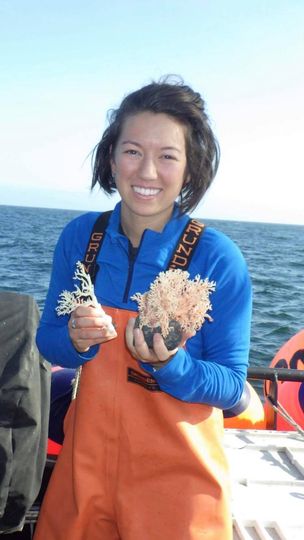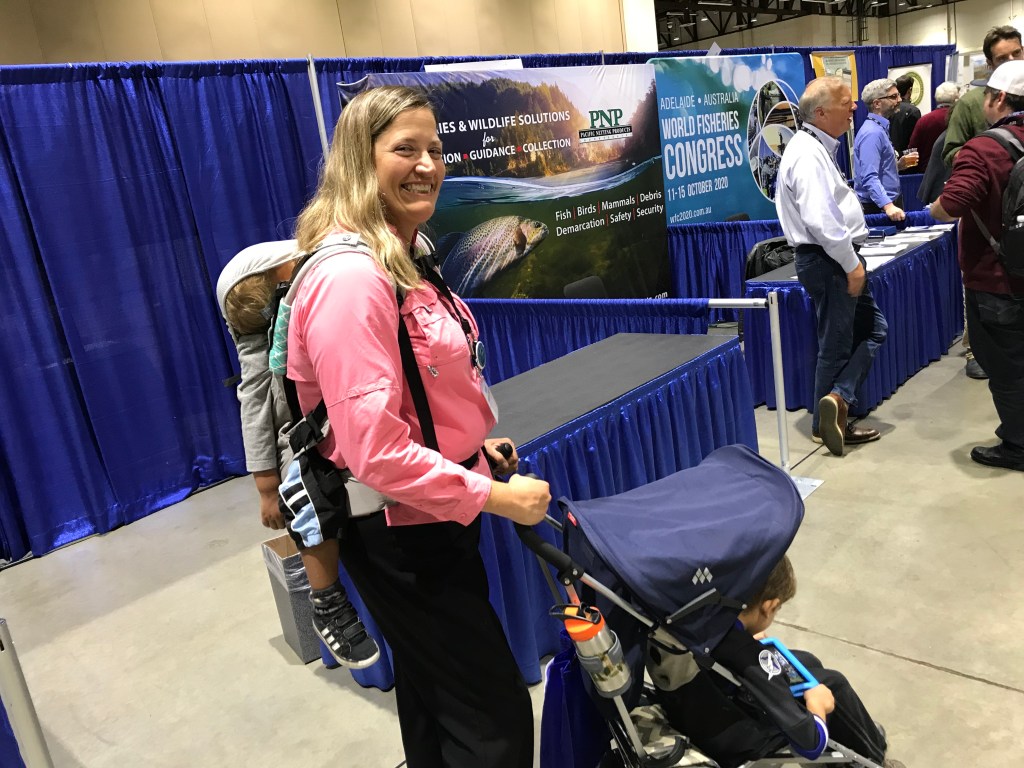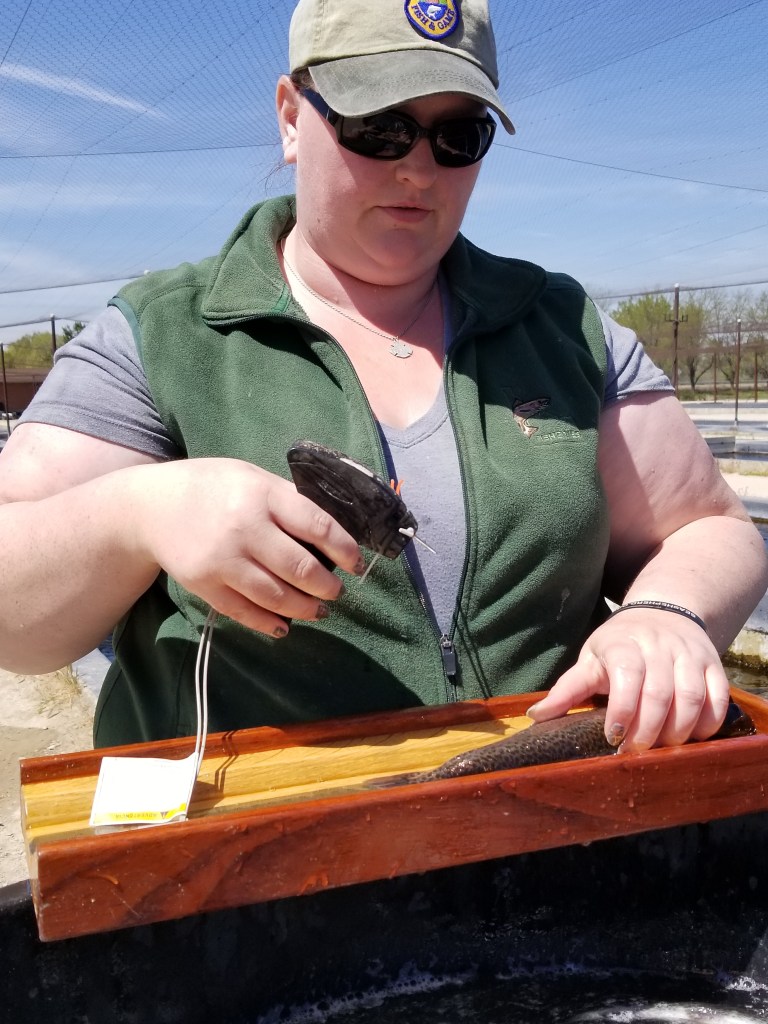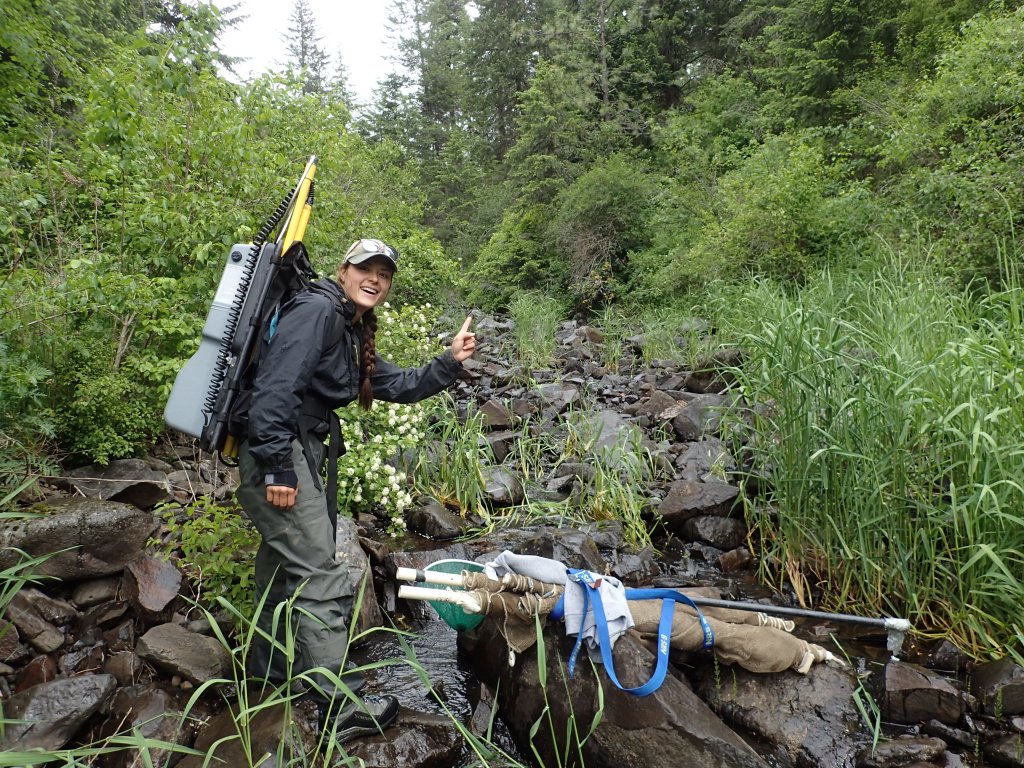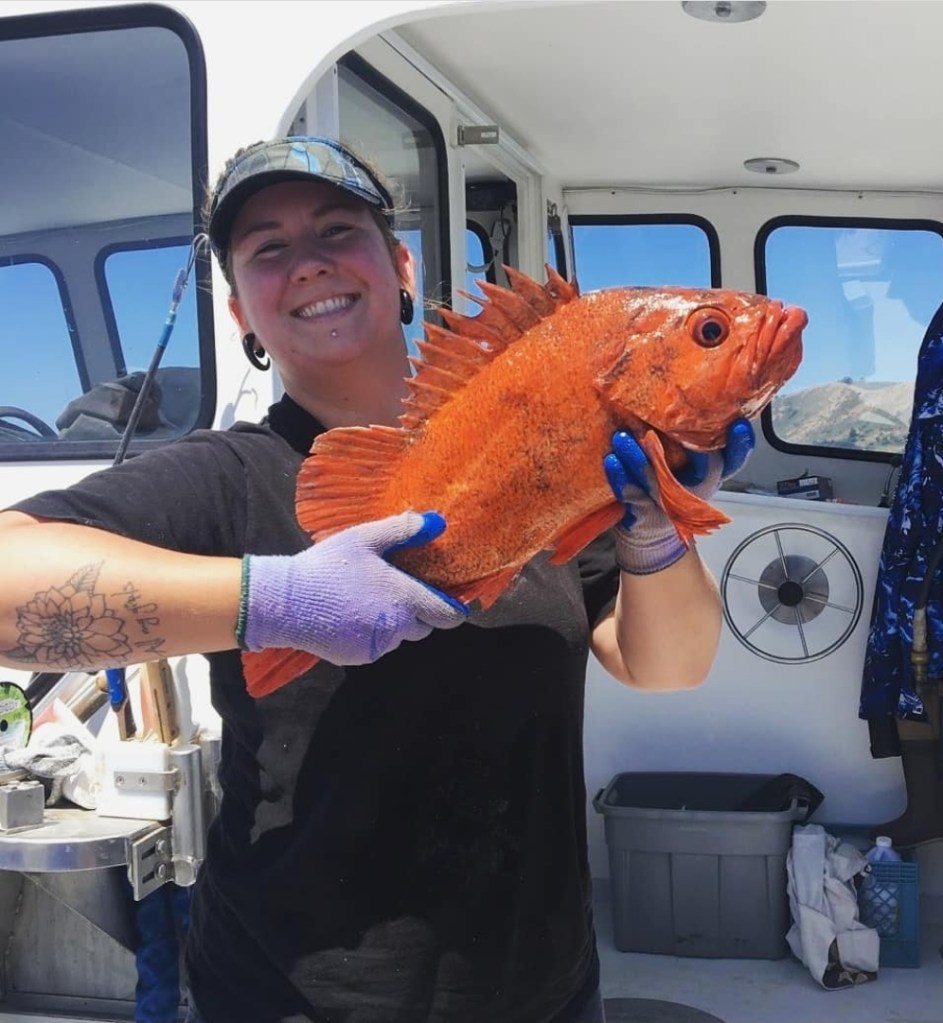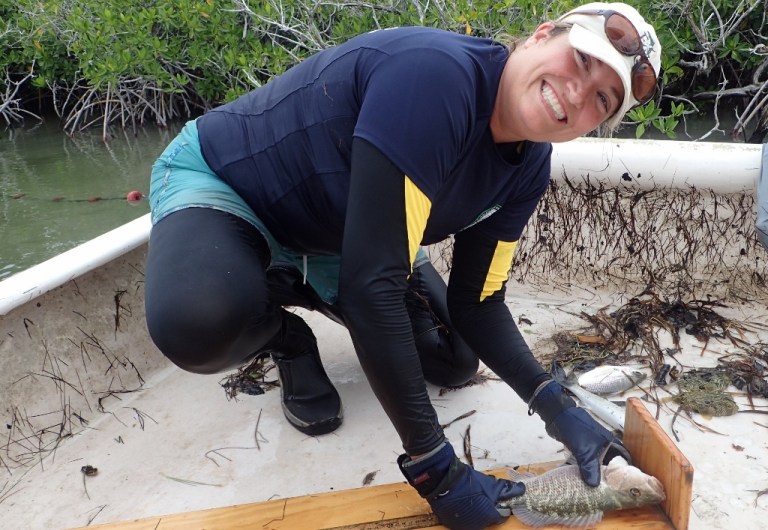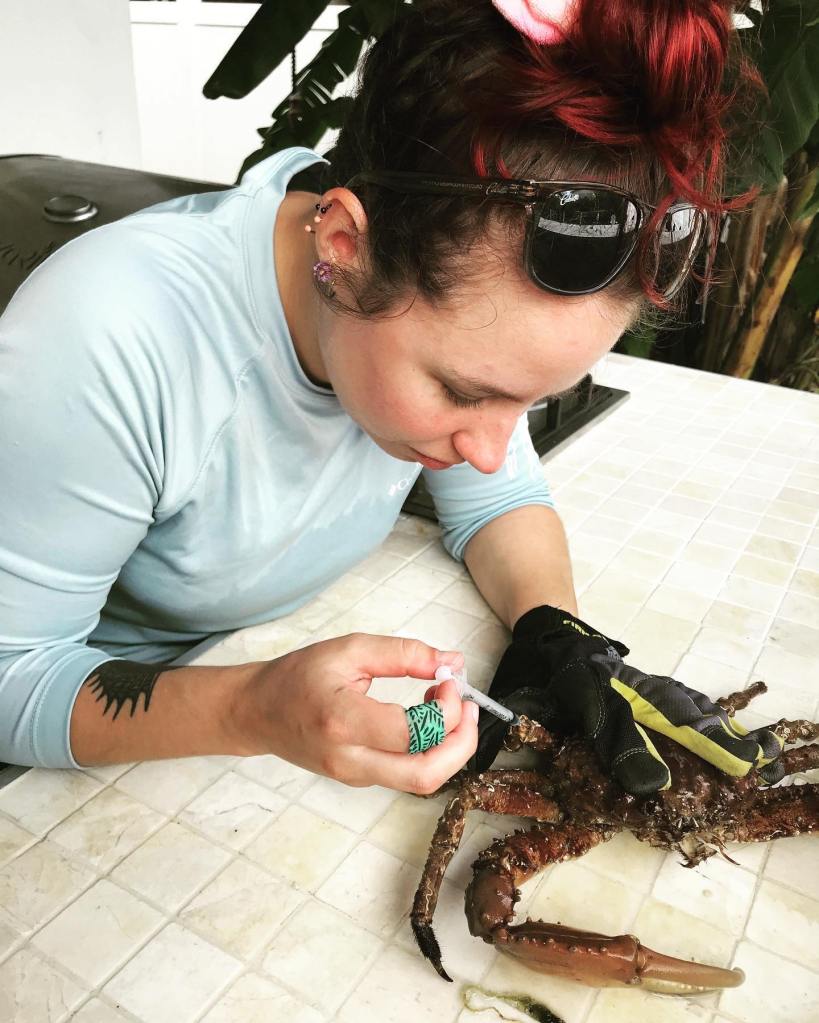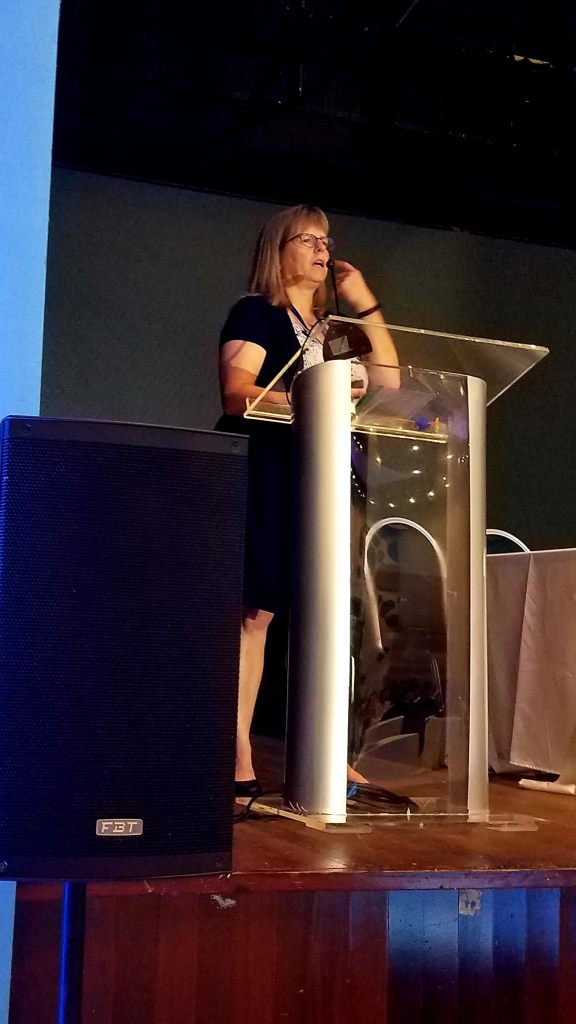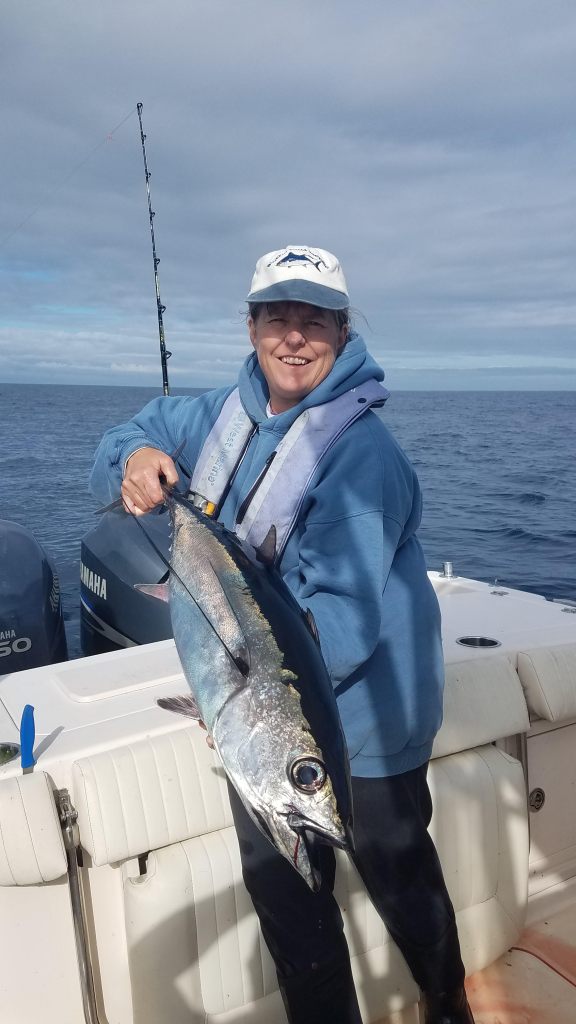By: Dana Sackett, Patrick Cooney, Kerry Flaherty Walia, Chelsey Crandall, Janice Kerns, and Kim Bonvechio
Thankfully, the tides are changing, and a rising tide lifts all boats. The changes we are seeing are a result of people learning how to be allies to underrepresented groups in the many disciplines of science.
For some, being an ally means paying the social cost of speaking-up when peers are belittling or demeaning other groups of people. While for others, it means taking a moment to reevaluate hiring processes to ensure certain groups are not consciously or unconsciously excluded from applying or being hired. No matter how subtle or substantial the gesture, evaluating your own biases and taking action as an ally will create positive impacts.
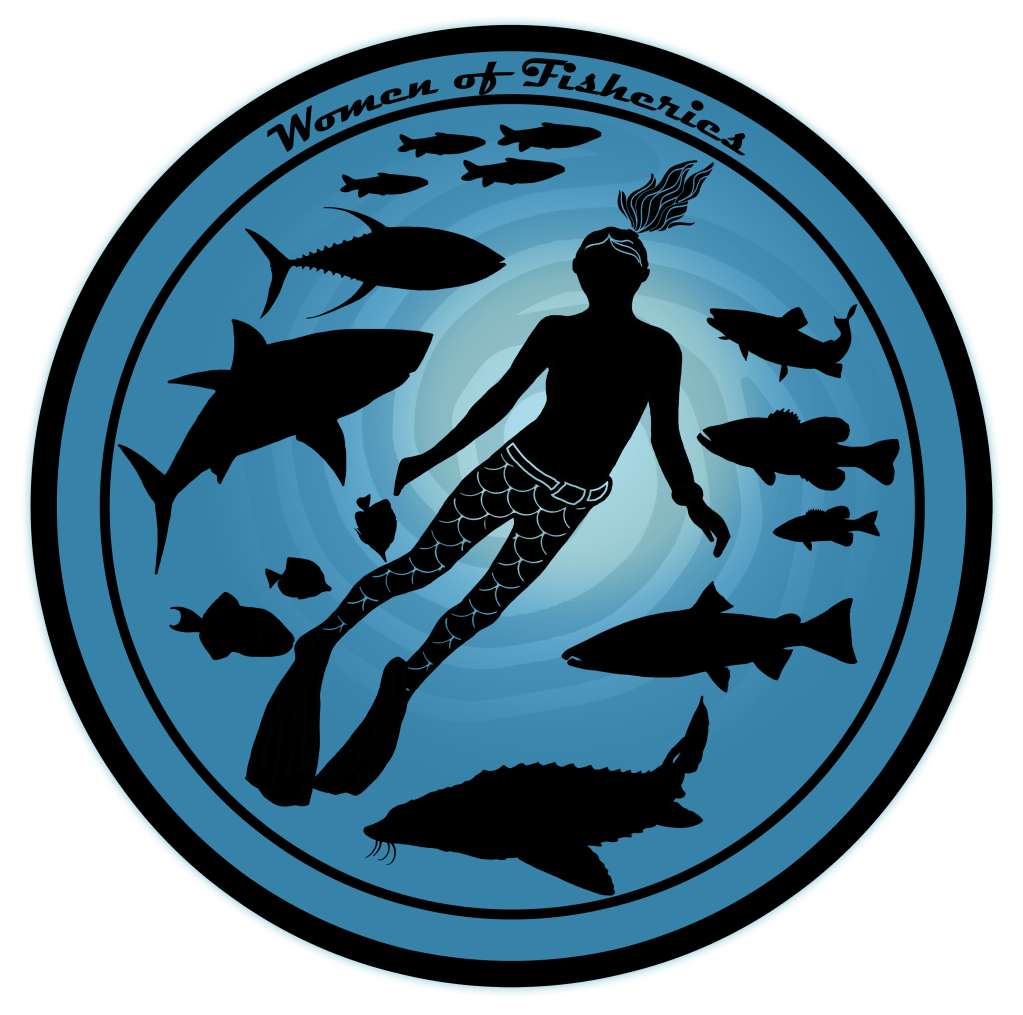
Impact of an Ally
For me, Dr. Dana Sackett, it took just a moment for one ally to have a lifelong impact. I was a budding undergraduate scientist with the kind of grades that only come to those that turn down nearly all the college parties.
A professor that I respected caught sight of me as I gathered equipment before heading into the field to assess the distribution of amphipods on nearby beaches (a research project I was conducting to earn Program Distinction in my degree). He wandered over and asked what I was doing, only to immediately express his disdain in my chosen profession (his same profession, no less). He let me know he did not think I, as a woman, would be cut-out for such a career.
Unbeknownst to me, my undergraduate advisor (who was helping with the project) was in earshot and heard the entire conversation. I was a bit unsettled, and being young, took the professor’s words to heart while pretending to shake them off. However, that changed when my advisor stormed in to describe all the reasons his colleague was wrong and completely out-of-line. Those actions instantly alleviated my doubt and uneasiness as it was made obvious that I was not the problem.
I would hate to think of how much of an impact that discussion would have had on my self-esteem and prospects had my advisor not immediately and vehemently defended my interest and likely success in a field that I loved but had little experience. There have been other impactful incidents in my career, but this is one that stands out in my mind. Indeed, it was this experience and the support from an ally that provided me the confidence to shrug-off other instances of discouragement.
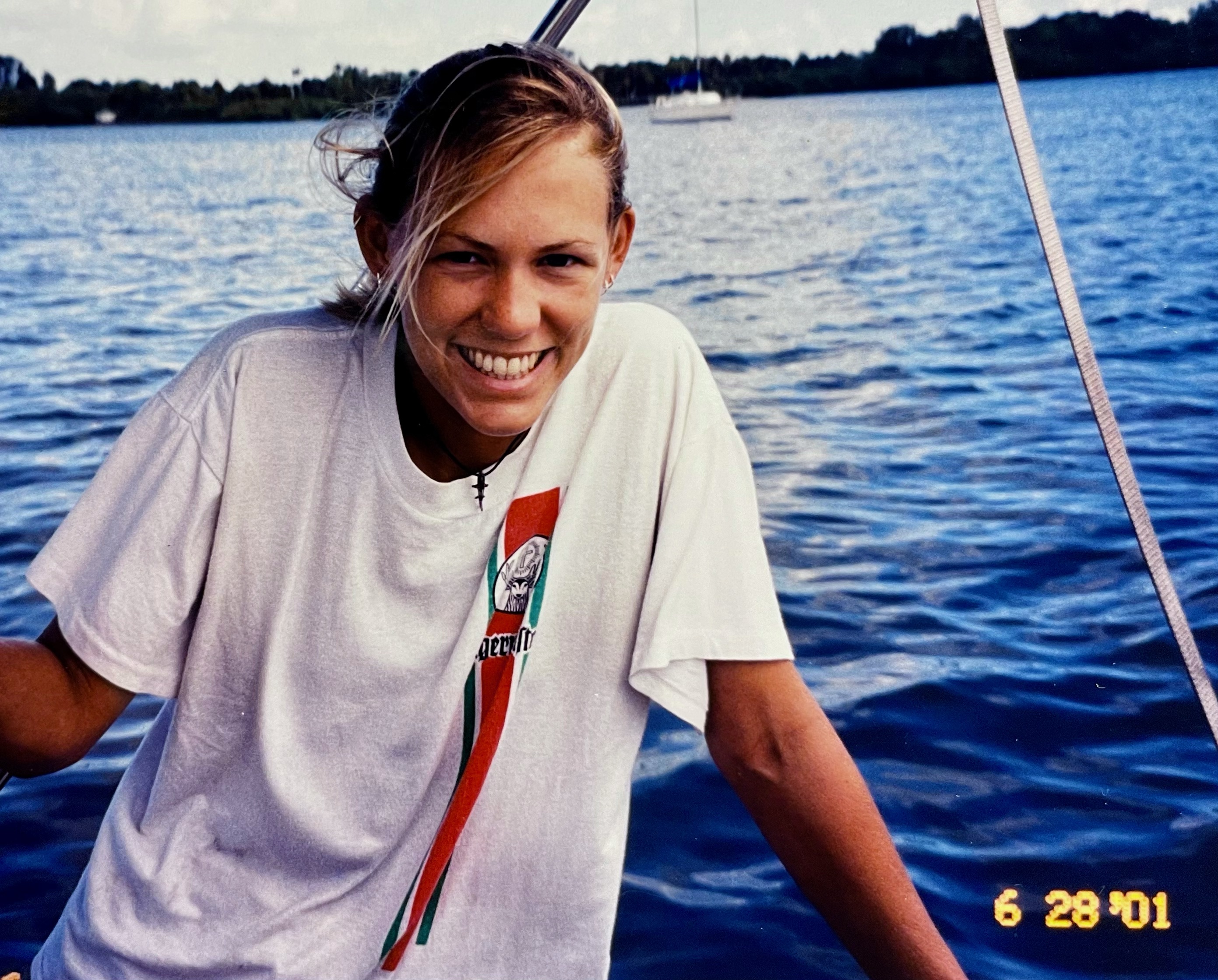

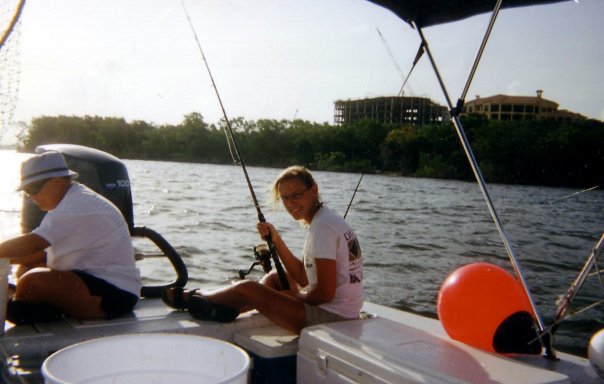
The author of the above passage not long after the described story…….. a long, long, long time ago 😉
How can you be an ally?
Many of the most impactful ways to be an ally to women and other underrepresented groups in science involve education and self-reflection.
Below, the authors of a recent article in Fisheries, a flagship publication of the American Fisheries Society, discuss being an ally to women in science. These authors summarize their article and highlight ways to take concrete steps to becoming a better ally. After all, every person has something amazing to contribute to this world, and we would hate to miss out on any one person’s incredible contributions because of a system that excluded them due to their gender, race, or sexual orientation.
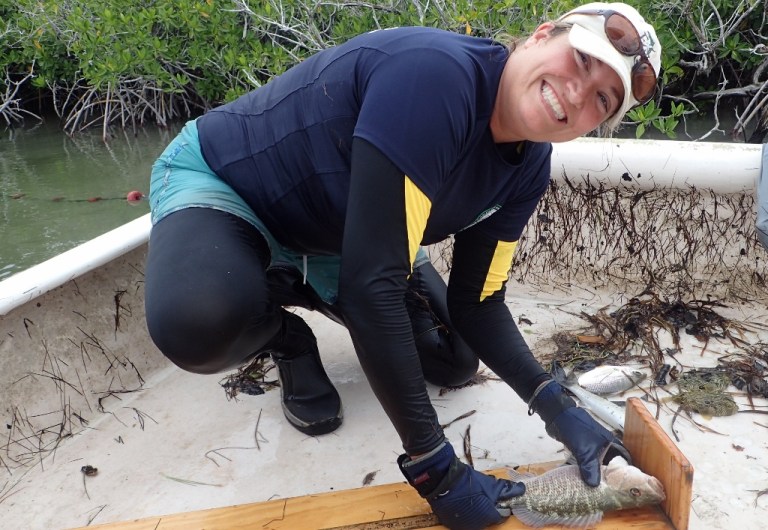

From left to right: Kerry Flaherty Walia, Women of Fisheries VP and Florida Fish and Wildlife Conservation Commission scientist. Leah Lehr working as a fisheries observer and field tech.
Step 1: EDUCATE YOURSELF
Educate yourself about the experiences of women in science by reading articles, following pages devoted to women in science, and learning about the real challenges and difficulties women face in the disciplines of science. At the end of this article, check out the links with stories and research from incredible women in science.
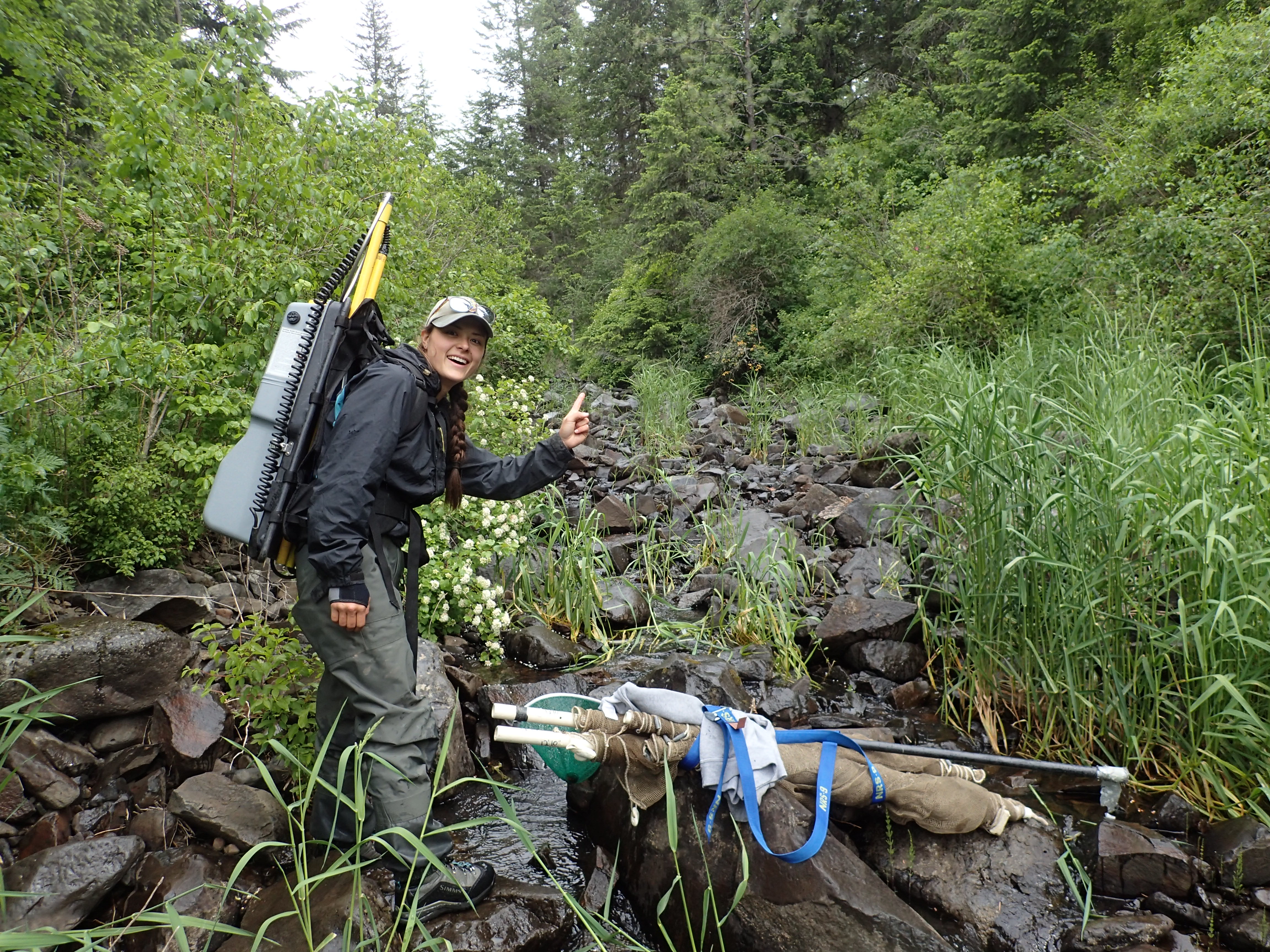
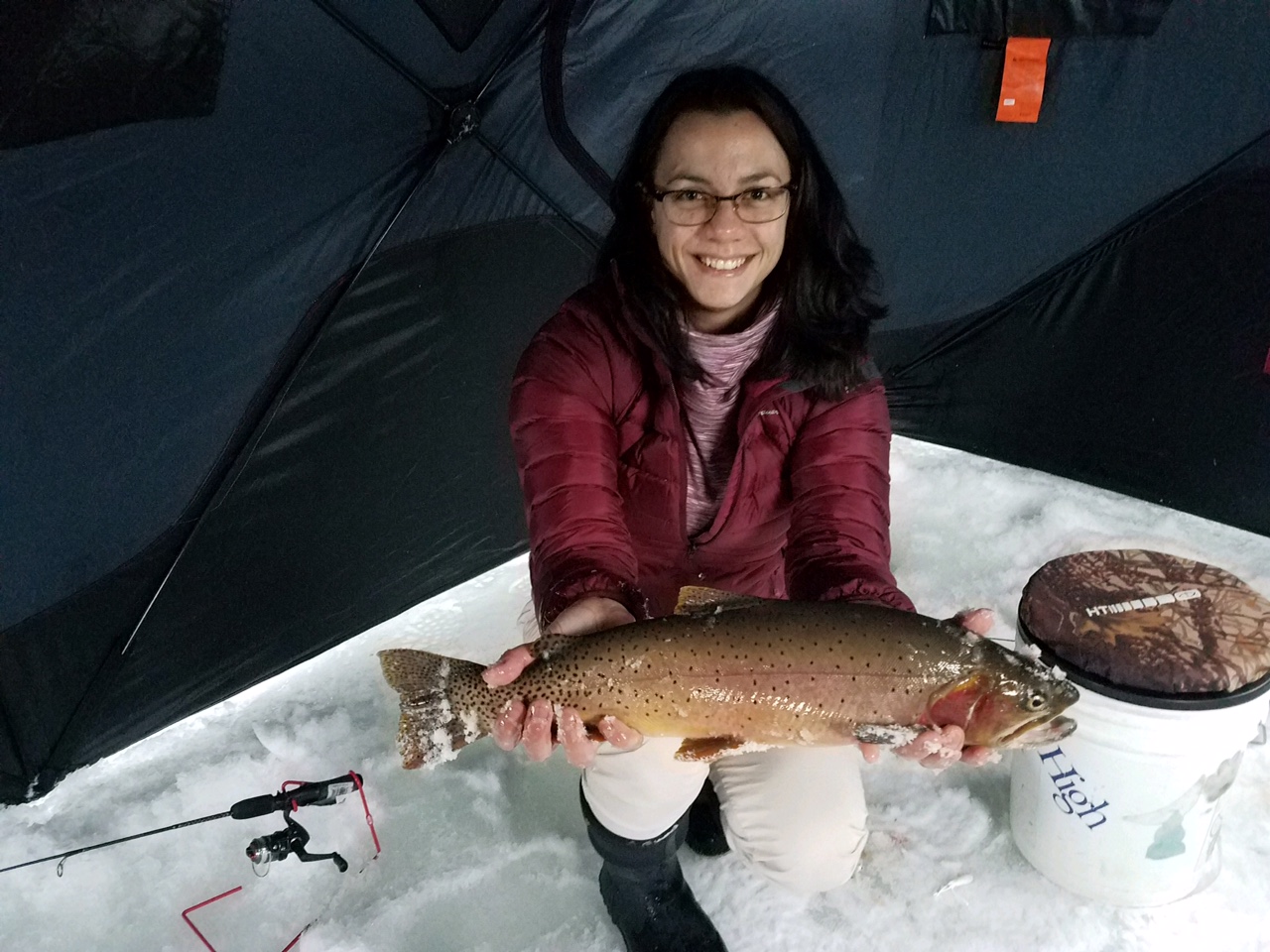
From left to right: Women of Fisheries members Kristina Morben and Marika Dobos.
Step 2: LOOK INWARD AND CHECK YOUR OWN BIASES
There are many unconscious and subtle biases that can affect opportunities for women in science. Becoming aware of these is an important step in creating more equitable environments. Here are examples of some typical subtle biases and solutions to consider.
- Hiring: Questions and hiring processes may focus on finding people similar to previously employed individuals, who were predominantly men.
- Solution: Allies consider questions and processes that truly focus on the skills and requirements of the position rather than ones that focus on the attributes and characteristics of the person or demographic who have typically occupied those positions. Additionally, consider the difference between the experience that one needs to bring to the job versus something that someone could easily be trained on once arriving at the job.
- Fieldwork: Field gear and field tasks are often delegated based on gender stereotyping and masculinity. Additionally, logistics with bathroom breaks and nursing mothers in the field often go unaccounted for by managers who have not had to worry about these issues in the past.
- Solution: Allies purchase appropriately sized field gear for all members of a team, assign tasks equitably, and account for breaks to occur in locations that are appropriate for all members of the field team.
- Diversity initiative: Serving frequently on diversity initiatives and spending a higher portion of time on diversity and inclusion activities can adversely impact career advancement.
- Solution: Allies devote time to advancing diversity issues and serving on diversity panels to share the load and ensure equitable time allotment across all individuals.
- Circle of Influence: People often identify with others who share a story similar to theirs.
- Solution: Allies seek representation and volunteerism from a diverse group that looks different than their own reflection.
- Benevolent Sexism: Individuals can sometimes encourage undertones that seemingly profess positive attributes of women while at the same time treating them as fragile creatures who are less competent and in need of protection.
- Solution: Allies seek to treat all individuals equally and equitably through work assignments, tasks, and positions and don’t seek to protect individuals from stereotypically driven biases.


From left to right: Women of Fisheries members Karen Gregory and Samantha Glover
Step 3: TAKE ACTIONS AS AN ALLY
Once you increase your knowledge and take stock in your own biases, it is time to take action.
- Step back and amplify women by nominating them for awards, inviting them to serve on panels and committees, and encouraging their participation in leadership training courses.
- Speak out by encouraging diversity and say something when you see an example of gender bias or discrimination.
- Address the mom penalty by taking or recommending steps to support mothers.
- Combat sexism and harassment by having a conversation before any potential problems arise. Having a clearly communicated plan allows everyone to know how to respond to situations if they do occur and provides a clear path for action for those experiencing sexism. Additionally, allies who want to help are given tools and support to foster safe workplace environments for all people.
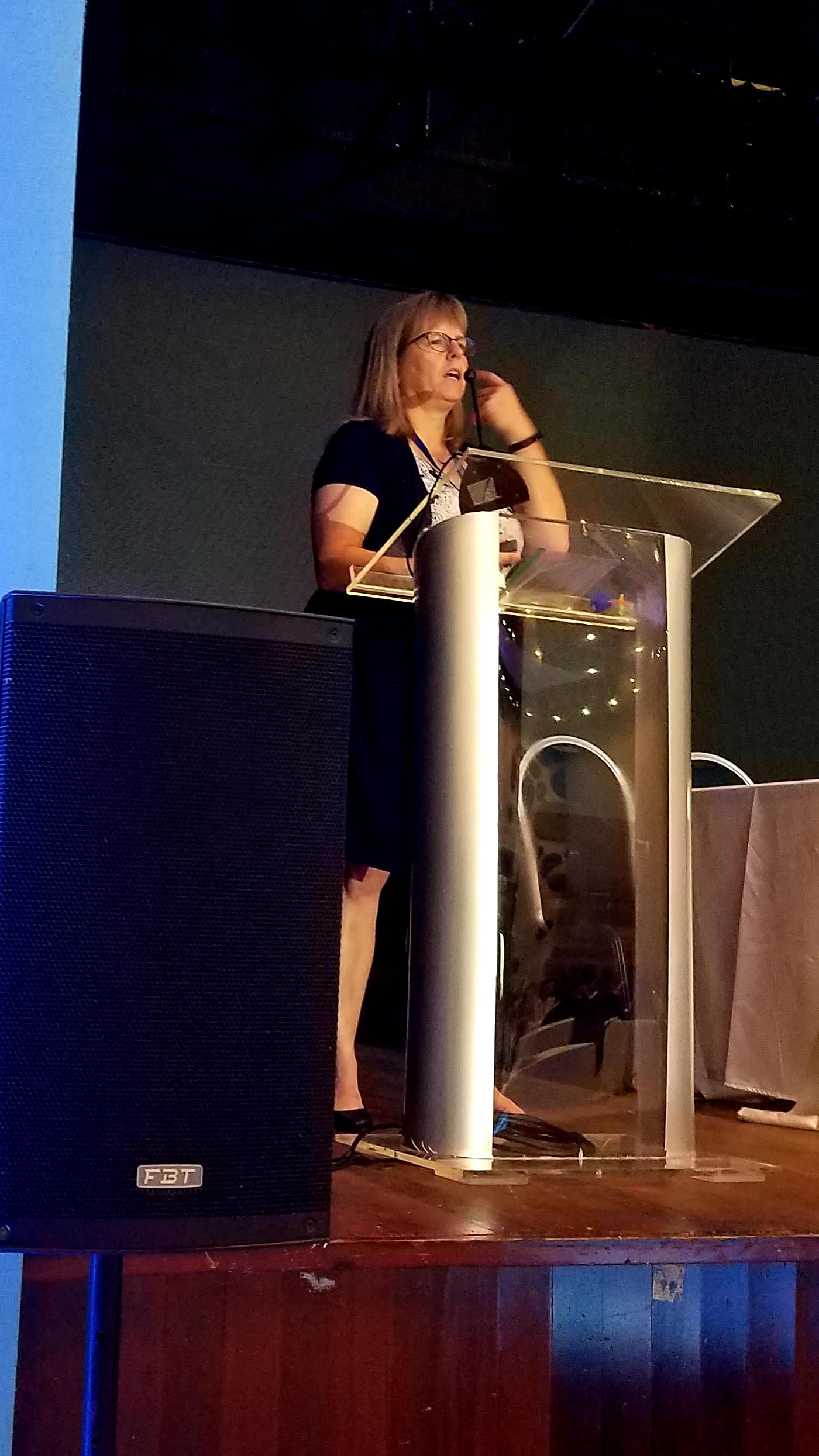
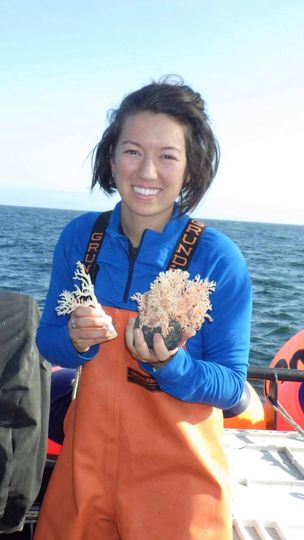
From left to right: Women of Fisheries members Selina Heppell, Department Head of Fisheries, Wildlife, and Conservation Sciences at Oregon State University, and Hannah Samsen, fisheries observer in the North Pacific and Alaska.
CONCLUSIONS
Taking steps to be an ally to women in science is important. Developing and identifying more allies will ensure the long term positive trend in increasing the diversity and representation of all demographics among the many scientific professions and associated professional societies.
READING LIST
Individuals seeking to educate themselves more on women overcoming adversity in science, conducting incredible research, and advancing the art and communications of fish science, please look through the following articles.
Resilience (Women overcoming adversity)
- Dana Sackett: Navigating being a scientist, mom, married to someone in the military, and constantly moving. link
- Jennifer Cochran Biederman: First-hand account of being pregnant, giving birth, and raising a child while earning a PhD. link
- Christina Uh: Persevering as the first person from your tribal family to earn an advanced degree. link
- Sasha Pereira: Account of managing a disability and taking on a challenging and remote field season. link
- Women of Fisheries: Mom-ing in science is not only doable, but it can also can be fun and rewarding. link
- Abigail Lynch: Personal stories from mom scientists with some advice for navigating work-life balance. link
- Roger Arlinger Young: Brilliant black woman zoologist hindered by prejudice. link
- Women of Fisheries: Creating success during the challenges of a COVID filled 2020. link
Women of Science:
- Elizabeth Everest: Fulbright Scholar studying fish in Cambodia. link
- Louella Cable: The first female scientist hired by the U.S. Bureau of Fisheries, predecessor of the U.S. Fish & Wildlife Service, in 1927. link
- Ivy Baremore: Finding rare, strange, and ugly sharks in Honduras. link
- Dana Sackett: Identifying estrogens that may be feminizing a waterway near you. link
- Kristine Stump: Conducting unique work on grouper in the Bahamas. link
- Michelle Lavery: Overcoming the difficulties and high cost associated with conducting “winter” research. link
- Gretchen Stokes: Learning to use statistics to model fish populations. link
- Jesse Trushenski: Being righteous in science. link
Communication/Illustration:
- Katie Osborn: Starting a new Podcast about fish. link
- Anne Hilborn: Shedding light on the realities of fieldwork. link
- Sarah Martin: Communications major takes on role of fish scientist for a day. link
- Rene Martin: Transforming the world of scientific art. link
- Val Kells: Illustrating fish as a profession. link
- Jennifer Cochran Biederman: Reflecting on the importance of field notes. link
- Rachel Carson: Environmental trailblazer and excellent scientific communicator. link
- Videos: Wonderful videos featuring the experiences and challenges of a woman in science. link
Diversity (This is not exclusive to “women”, and focuses on the larger topic of being an ally to all underserved groups in science.)

